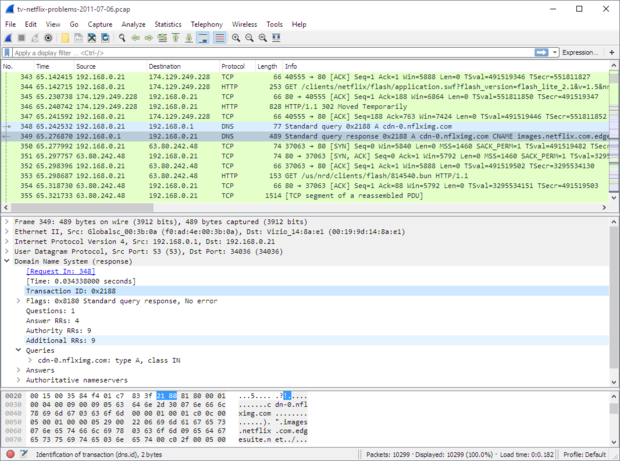

By default, data is streamed in ‘message view’ (1 frame per CAN ID), but you can switch to ‘signal view’ (1 frame per signal). Next, right-click a CAN frame and click ‘Decode As’ and choose ‘CAN DBC’. You can specify ‘DBC type’ to switch between regular and J1939, then click OK. To do so, go to “Edit/Preferences/Protocols/CAN DBC” and click Edit, then New and browse to your DBC file. You can load a DBC file in Wireshark to decode your raw CAN data (incl. We recommend that you go through our OBD2 logging guide before trying to stream OBD2 data. This lets you stream human-readable OBD2 data in real-time. To do so, select a frame, right-click and select “Decode As/OBD-II (CSS Electronics)”. If you’re streaming valid OBD2 data with CAN ID 7E8, you can use the Wireshark plugin to decode it in real-time. Further, you can apply filters to your data and only save the visible selection. Wireshark lets you easily save your stream session data in various custom formats (incl. Using the Expression button also lets you build more advanced filters. For example you can write can.id = 0x000007e8 to only see OBD2 responses. This will update the upper left text field and you can now edit the details to fit your needs. To add filters, right-click a data field in the details pane and select ‘Apply as Filter’. color all occurrences red where a specific CAN message contains a specific range of data bytes.įilters help retain an overview of your data. In the frame details pane, right-click a field to e.g. You can rename the columns “Column Preferences”. This is particularly useful for adding columns with OBD2/DBC physical values, min, max, names etc. To add a data field as a column, right click it in the frame details pane and choose “Apply as Column”. To remove a column, right-click and select “Remove Columns”. You can easily adapt the column structure. Reach out to Malwarebytes Support for next steps.In some cases you may need to manually install USB drivers.Click File and then Save As to save the capture in the default format (.pcappng).Click Stop capturing packets from the top menu to stop the capture.Reproduce the issue and take note of the time the issue was reproduced.If you are not sure which adapter to select, refer to the line graph that represents network activity.

Double-click the main network adapter used for network connections to begin the log capture.Double-click Wireshark.exe to run the application.To eliminate unnecessary noise from other applications, close all other programs on the computer. Open the applications you are troubleshooting.Download Wireshark, then run the installer with the default settings and reboot if prompted.Take note of the time and time zone of the endpoint when the issue was reproduced. TIP - Have everything ready to reproduce your network issue prior to collecting a Wireshark log to keep the capture short.


 0 kommentar(er)
0 kommentar(er)
